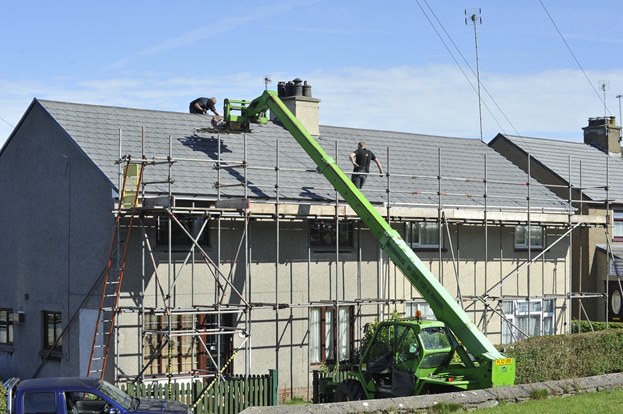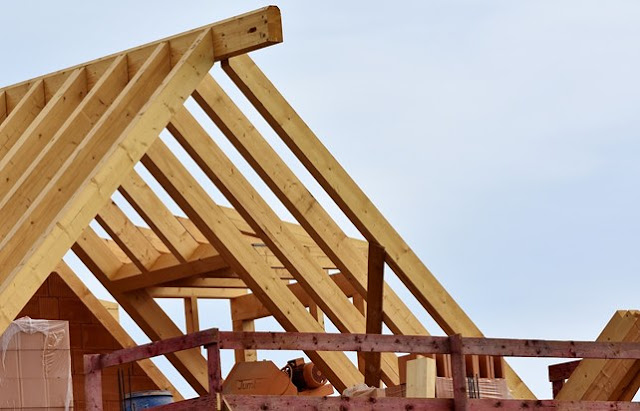How often do you climb up your roof to check
its condition? How long has it been standing undisturbed since you moved into
your current home? Chances are, it has been a while. Maybe you have already
done some repair work, or some fortification work, and if so, good for you!
But sometimes even the most careful and
diligent houseowner can end up needing a full-on roof replacement. Maybe there
was a hail storm, or a thick tree branch fell, or maybe the roof is simply old.
How can you know if it is time to go all out and replace your roof? Read on to
find out!
You can
see the sunlight from the attic.
If there is an entryway for the light, there
is also a door for the cold air, snow, rain, termites, and every other damaging
factor that can fly. Look carefully at all spots where light got in and see if
there are any water stains.
You can find some handy information on
dealing with water damage at this link: https://www.rytechinc.com/blog/tag/leaky-roof/.
If there are, and they change shape or size
after a few rainfalls, you have an active leak. Small ones can slip by with a
patch, but you may need to replace the whole roof to remedy structural damage
and prevent it from spreading any further.
There are
granules in the gutter.
Granulation from a newly installed roof is no
cause for concern: it is merely “shedding” loose, extra material. But if the
roof already has a decade or more under its beams, granulation is a serious
problem.
The granules protect the asphalt shingles
from sunlight. Once they fall off, the asphalt begins to “bake” and
deteriorates at a rapid rate. For some advice on how to effectively remove this
residue from your gutter, check out this useful web page.
The
shingles are cracked, curling, or missing.
These are three most common problems that
shingle roofs experience.
Cracking is a consequence of wind damage. If
there are only a few cracked ones, they are easily replaced and no need to
worry. But if the cracking randomly dispersed throughout the roof, replace it, ideally
within the next three to five years.
Shingle curling comes in two forms:
“cupping”, when the edges turn upward, and “clawing”, when they stay flat down
but the middle starts to rise up. Both indicate severe weathering and are
common signals of leaks nearing the critical point.
Missing shingles are easy to replace, but
will never match in color: granule advancement and weathering make it
impossible. People usually replace the roof when it starts to look too uneven.
There is moss or
algae on the roof.
Contrary
to dominant belief, moss and algae are mostly just a problem with cosmetics.
They are not damaging to the roof, but people’s ways of dealing with them are.
Scraping and power washing may remove the ugly greens, but it also chips away
all the protective granules, which leaves your shingles (especially the asphalt
ones) exposed to direct sunlight which damages their structure.
A
roof featuring moss and algae can stay in place for as long as you can put up with
its appearance. However, if you find it clashing with your aesthetic too much,
be smart with it and entrust the replacement effort to professional roofing companies.
The roof is around 25
years old.
Asphalt
shingles, which are the most commonly used roofing material, have a “life
expectancy” of between twenty and thirty years. Never let yourself be fooled by
it looking alright from ground perspective: a roof of thirty five or forty
years is likely beyond salvation. Depending on its particular condition, a
twenty-five year old roof has another five to ten good years.
Moreover, if you are
living in an area where all or most of the homes were built at more or less the
same time, then the roofs will be of approximately the same age as well. So if
you notice that all of your neighbors are replacing their roofs in one huge
renovation wave, that is a fairly solid sign that you should take up the same
project.


